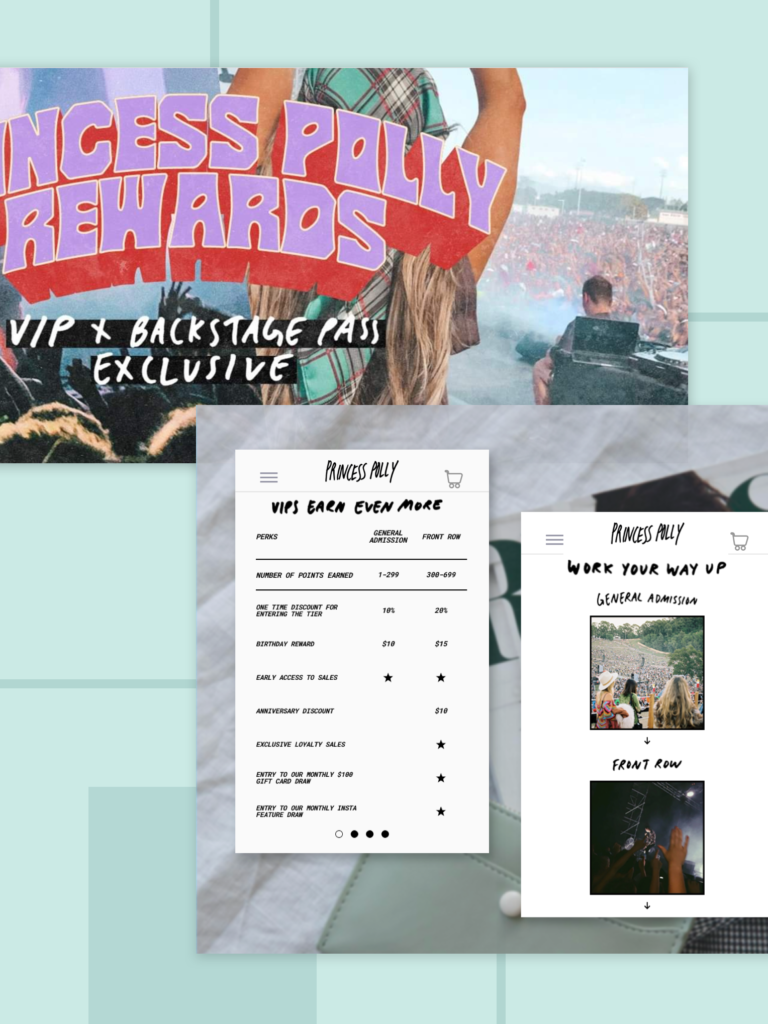The past few years have demanded unprecedented change as consumer needs rapidly evolved. Supply chains weakened, and marketing campaigns were revamped to align with our new normal. And, the global pandemic has served to magnify the need for brands’ agility and innovation.
The brands that survived — and even thrived — under the most challenging of circumstances were those that successfully connected with their customers’ needs and pivoted their businesses accordingly. And many discovered that investing in a loyalty program was key to unlocking the voice of the customer.
Focus groups versus loyalty programs
When it comes to reaching and understanding a target audience, why wouldn’t brands just organize focus groups? Focus groups are a popular form of qualitative research that are used across industries to better understand consumer behavior, attitudes, and needs.
However, focus groups are driven and moderated by the brand, and consumers today want to influence and drive the conversation. To accommodate this shift, brands are turning to loyalty programs to have a constant ‘ear to the ground’ when it comes to their customers’ desires and needs — and to offer more personalized customer experiences.
While focus groups offer qualitative data on shoppers, loyalty programs are more free-flowing and adaptable. Gathering insights from shoppers enthusiastic to interact with your brand and your products creates an organic relationship that simply can’t be replicated by recruiting a panel of people using demographic and other, more impersonal criteria.
A loyalty program acts as a built-in sounding board, honing an audience whose feedback is likely to drive unexpected insights that can build on the progress you’ve already achieved and maximize your brand growth.
The most successful loyalty programs are agile, offering brands the flexibility to create, manage, and evolve them as needed in response to changes in the digital landscape, customer expectations, and more.
Like focus groups, loyalty programs are data-driven, but with more diverse and qualitative insights, often consisting of a combination of your biggest fans and your loudest critics — both equally useful sets of input.
Loyalty programs drive business growth
Innovative loyalty programs ultimately drive growth by providing more engaging customer experiences. How? By recognizing each customer’s unique journey across all channels and creating a tailored, aligned experience. It also means recognizing and interacting with a brand’s most loyal users and encouraging them to advocate for the brand.
According to a Yotpo survey of more than two thousand U.S.-based consumers,
- Almost 60% of consumers are likely to join the loyalty program of a brand they love
- Over 36% of shoppers will spend more on products if they’re loyal to a brand
- Almost 60% of shoppers will refer their friends and family to brands they love
Loyalty programs build emotional connections
There is no question that brand love leads to brand revenue. Hence, more D2C brands are prioritizing customer experiences that build an emotional connection with shoppers — i.e. the “love” that nearly 40% of loyal customers describe feeling.
Sprout Social recently surveyed more than one thousand consumers to better understand their desire for greater connections with brands via social media. They found that when brands create, participate in, and even host relevant conversations online, 44% of consumers say they feel more connected to them.
By establishing this emotional connection with your shoppers, you can tap readily tap into their attitude toward your brand.
Princess Polly connects with and learns from VIPs
Beloved by Gen Z consumers for its influencer-ready aesthetic, fashion retailer Princess Polly’s rise to fame can largely be attributed to leaning into social media.
Structured into VIP tiers, Princess Polly’s loyalty program offers benefits beyond discounts. The brand’s VIP members are rewarded with experiences, including access to its private Facebook Insider group.

Made up of highly engaged customers, the group allows Princess Polly to gauge instant reactions to product drops, brand experiences, audience sentiment, and even the popularity and effectiveness of ongoing promotions.
This isn’t a one-way feedback loop, either. Customers are delighted by the opportunity to interact directly with their favorite brand. “It’s been a dream come true for our customers,” said Kim Zorn, Head of Performance at Princess Polly. “They get really excited over the exclusivity and we’re able to communicate better with them knowing what they want.”
Everyone wins when loyalty programs double as focus groups — the ability to meet customers’ needs in the moment and move quickly to build on success simply can’t be replicated with a traditional focus panel.
Unlocking the digital focus group
If your loyalty program isn’t (yet) driving the business outcomes you expected, the good news is that there is technology available to enable it to serve as a digital focus group and continuous source of insights for your brand. Interested in launching your own loyalty program to tap into customer sentiment? Request a demo.




